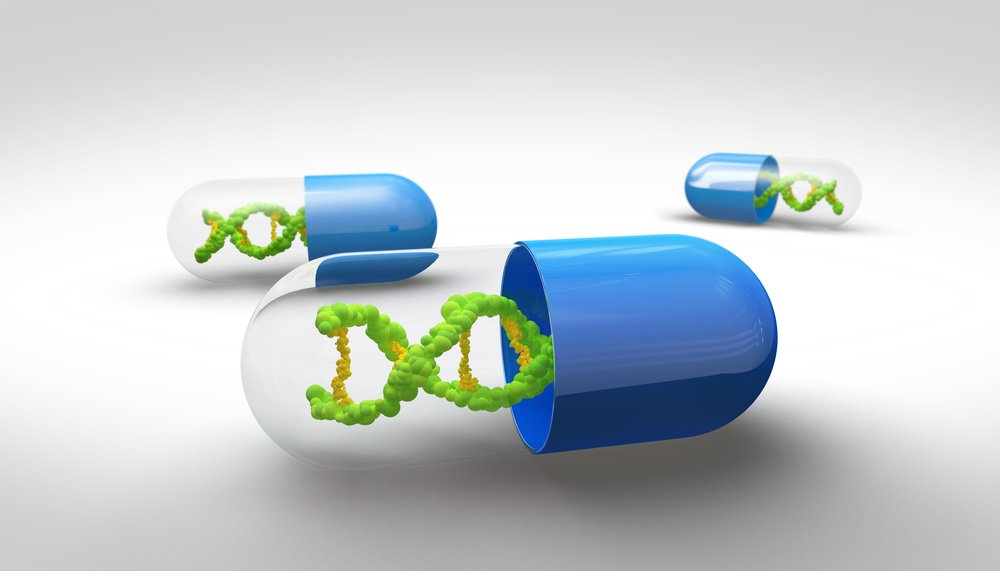FDA Marks Potential Gene Therapy for Juvenile Batten Disease as Orphan Drug to Speed Development

Abeona Therapeutics’ ABO-201 program was designed at orphan drug by the U.S. Food and Drug Administration (FDA) as a potential gene therapy treatment for juvenile Batten disease. A clinical study of the therapy in patients is in the planning stages.
ABO-201 therapy uses a virus to deliver a normal copy of the CLN3 gene, which encodes battenin, the faulty protein responsible for the development of juvenile Batten disease.
“The published ABO-201 preclinical data … support the clinical translation for patients with juvenile Batten disease, and demonstrated the importance of selecting the right vector and delivery route for potential [central nervous system] benefit and to remove the underlying pathology associated with the disease,”Timothy J. Miller, Abeona Therapeutics’ president and CEO, said in a news release. “This designation helps advance the ABO-201 program and we look forward to initiating human clinical trials later this year.”
Miller referred to a recent study that showed that ABO-201 improved nerve inflammation and movement in mice with juvenile Batten disease. These results, published in the Journal of Neuroscience under the title “Self-Complementary AAV9 Gene Delivery Partially Corrects Pathology Associated with Juvenile Neuronal Ceroid Lipofuscinosis (CLN3),” support the design of a clinical trial assessing the effects of ABO-201 in human patients.
Mutations in CLN3 gene that lead to a lack of battenin result in the abnormal accumulation of a type of fat molecule, called liposfuscin. This, in turn, leads to neuronal loss, although the exact mechanisms in this process are still unknown.
Symptoms of juvenile Batten disease typically manifest in children between the age of 4 and 8, and include developmental regression, intellectual deficits, seizures, and loss of vision, which may progress quickly and lead to blindness. These children also lose their ability to speak in complete sentences, and have difficulty with basic movements, such as walking or sitting. As the disease progresses, they may also develop heart and behavioral anomalies.
The diagnosis is usually made by looking for CLN3 mutations using blood samples. Occasionally a skin biopsy may be necessary.






